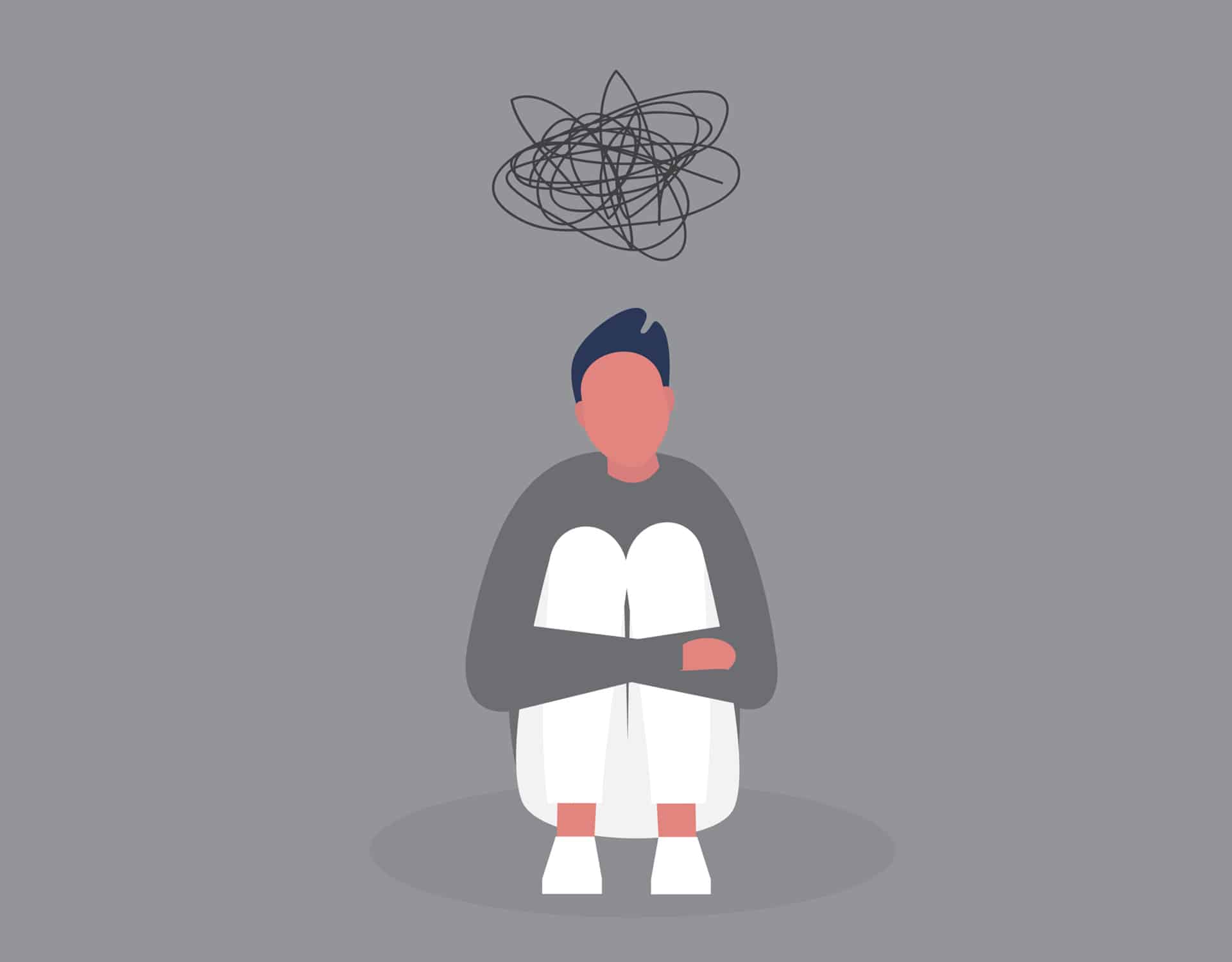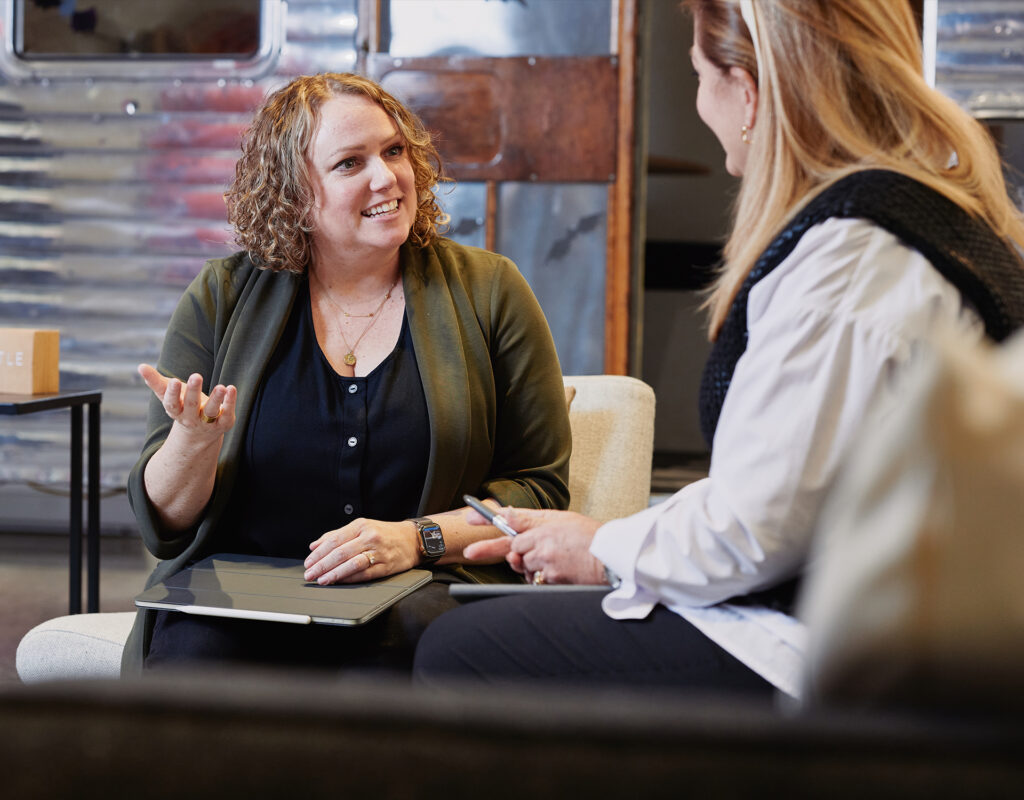When COVID -19 hit, almost all corporate and social places that gave our lives pattern and rhythm came to a halt. Where we used to talk about a Third Place, we are now mostly confined to One Place. The fluid wave of viral infection ultimately required all of us to physically distance, work from home and minimize the circles we were used to traveling in.

The lack of human contact along with pervasive uncertainty about almost every aspect of daily life has more than tripled the rates of anxiety and depression in the US, resulting in a huge challenge to the mental health within the entire US, not just in workplaces. Within a week of the video showing George Floyd’s death, anxiety and depression among African-Americans shot from 36% to 41%, an increase higher than any other ethnic group and representing an additional 1.4 million people. The suspected rate of drug overdoses has increased exponentially, from 18% in March to 29% in April to 42% in May based on information from hospitals. The mental health challenges we’re dealing with have reached epidemic levels, mirroring the coronavirus itself.
Loneliness and Social Isolation
Human connection lies at the heart of human well-being. From the moment we’re born to the time we die, one way we measure a successful life is through social connection. We even have a specific neuron in our brain – the mirror neuron – which allows humans to build empathy and feelings of community and shared experience. The human brain is very sensitive to being lonely. One day of feeling lonely has the approximate neural signature of fasting for a day; the lack of social interaction can create an urgency similar to hunger.
There is a big difference between physical isolation and perceived isolation. Short-term loneliness can be useful and necessary in part to highlight the importance of social support and belonging. But longer term, unanswered loneliness can lead to a spiraling of behaviors that stretch far beyond a lack of productivity to long-term, negative health consequences.
The perception of long-term loneliness, however, can result in maladaptive social cognition, a phenomenon where a person mistakes their highly developed sensitivity to social cues for a lack of ability to make friends, leading them to read ambiguous social cues negatively and further withdraw from social settings. This vicious cycle of withdrawal from social interaction leads to hyper-vigilance, emotional numbing and social isolation.
Social isolation creates building blocks that contribute to far-reaching, negative health impacts. Lonely people’s bodies are different than those of people who are not lonely.
- Loneliness can result in changes in the structure of the brain.
- Lonely people have a higher incidence of chronic inflammation, which has been linked to diseases like rheumatoid arthritis, Alzheimer’s and heart disease.
- People who are lonely take longer to fall asleep and experience lower sleep effectiveness.
- Loneliness increases a person’s level of the stress hormone, cortisol, resulting in reduced immunity, higher blood pressure and cardiovascular disease.
The lack of deep social networks can present the same negative health impacts as smoking 13 cigarettes a day.
Building Foundational Health
A well-designed workspace – whether at work or at home – can help create sound foundational health for its occupants, and foundational health increases physical and mental resilience by making it harder for chronic disease to settle in a body.
So how do we address mental health now and beyond COVID -19? How can spaces and workplaces help to mitigate it? A well-designed workspace – whether at work or at home – can help create sound foundational health for its occupants, and foundational health increases physical and mental resilience by making it harder for chronic disease to settle in a body.
Building features that encourage people to be more active as a natural part of their day help the human body perform at the physical level it was designed for while providing brain benefits in memory, cognition and mood elevation. Many people have adopted a “COVID -19 pet” during the pandemic, naturally increasing their daily activity. Employers that welcome pets may find that employees are more comfortable returning to their workplace because of the physical and mental benefits that animals provide.
Another element for foundational health is exposure to nature, or the concept of biophilia. Humans have an evolutionary memory of nature that calms and restores our minds and bodies, lowering levels of stress hormones and blood pressure while increasing physical and mental energy. So workplaces that incorporate actual nature (visually or physically), natural elements (a green or moss wall, plants), natural materials and patterns, or natural analogs (a moving mobile that human brains read as birds or leaves rustling in a breeze) go a long way in reducing stress and helping employees quiet their brains, freeing them up to be happier and more prone to engage in the surrounding culture.
Humans seek genuine, meaningful, mutual support, and the reciprocal acts of “giving” and “getting” are what build trust, create real, durable relationships and nurture the accompanying feelings of belonging.
Perhaps the most important way to foster foundational health is by creating relationships with employees that are built on mutual support. Ending loneliness isn’t about getting something or joining Zoom Happy Hours. Humans seek genuine, meaningful, mutual support, and the reciprocal acts of “giving” and “getting” are what build trust, create real, durable relationships and nurture the accompanying feelings of belonging. Companies and managers who build one-on-one, small and larger team relationships with their employees will discover that the basis of their connections is much more honest and valuable. Basic mental health literacy should be required knowledge for every manager to ensure that their people are getting the support they need, therefore increasing the value they bring to their clients, co-workers and companies.
The Workplace as a Mitigator
While the COVID -19 pandemic has exponentially magnified the number of individuals currently dealing with mental health challenges, at some moment in their life over 50% of people in the US will experience one. The way that we create workplace policies and design buildings and spaces to help address those situations go a long way in making our workplaces productive environments populated by engaged and healthy people.
View our Beyond Workplace book on Issuu here.

